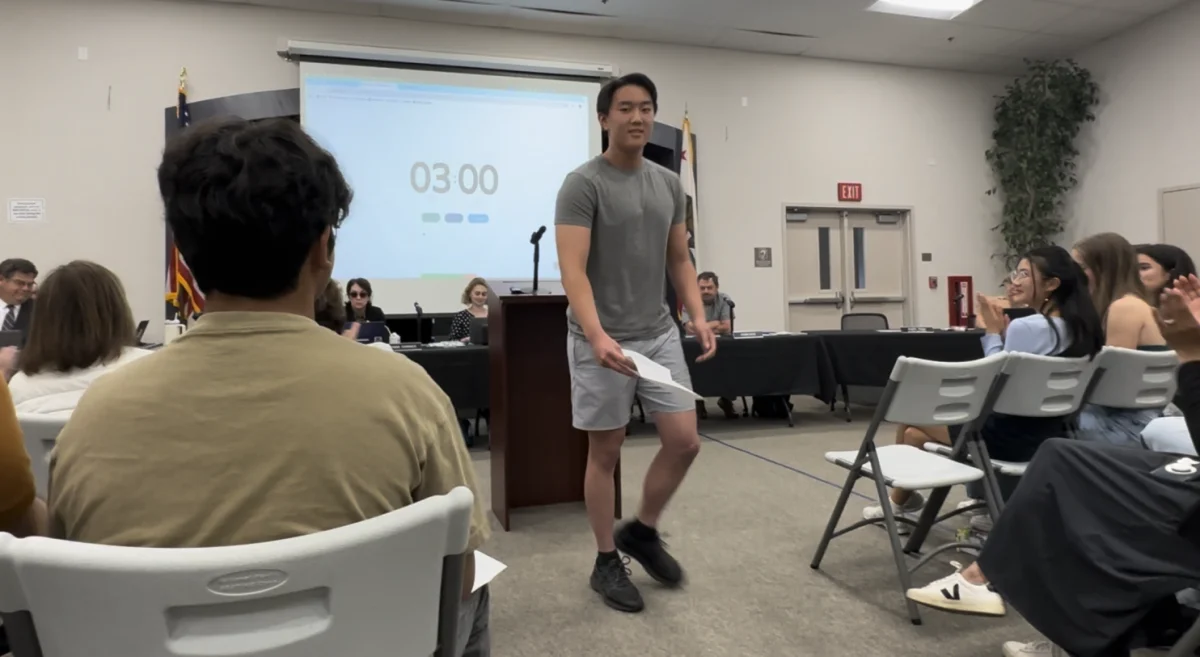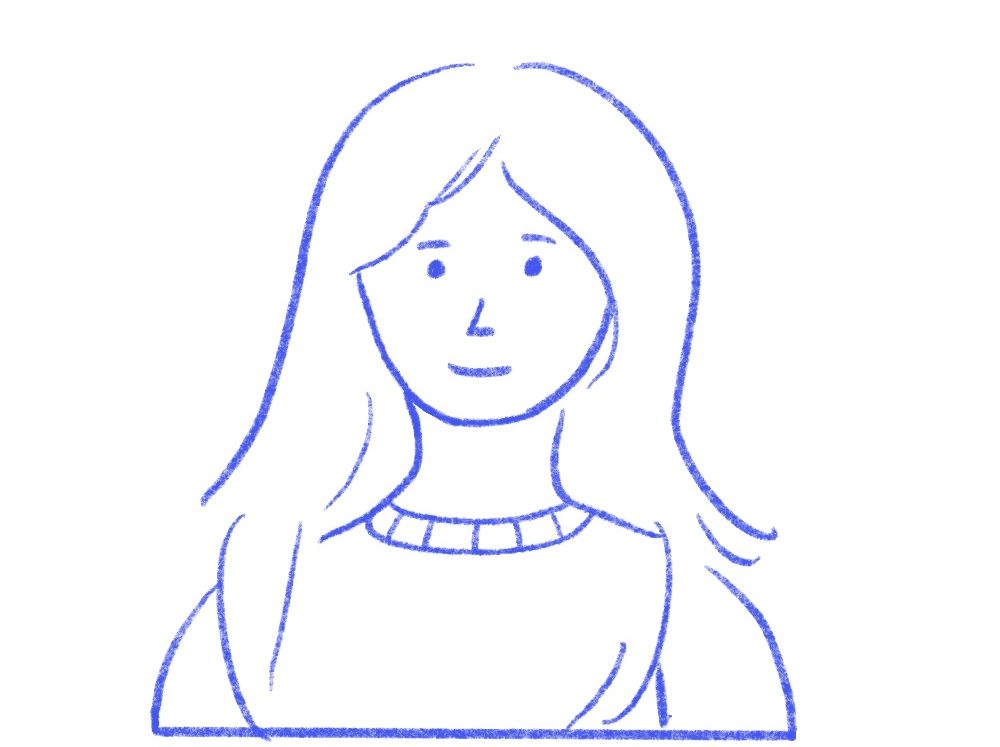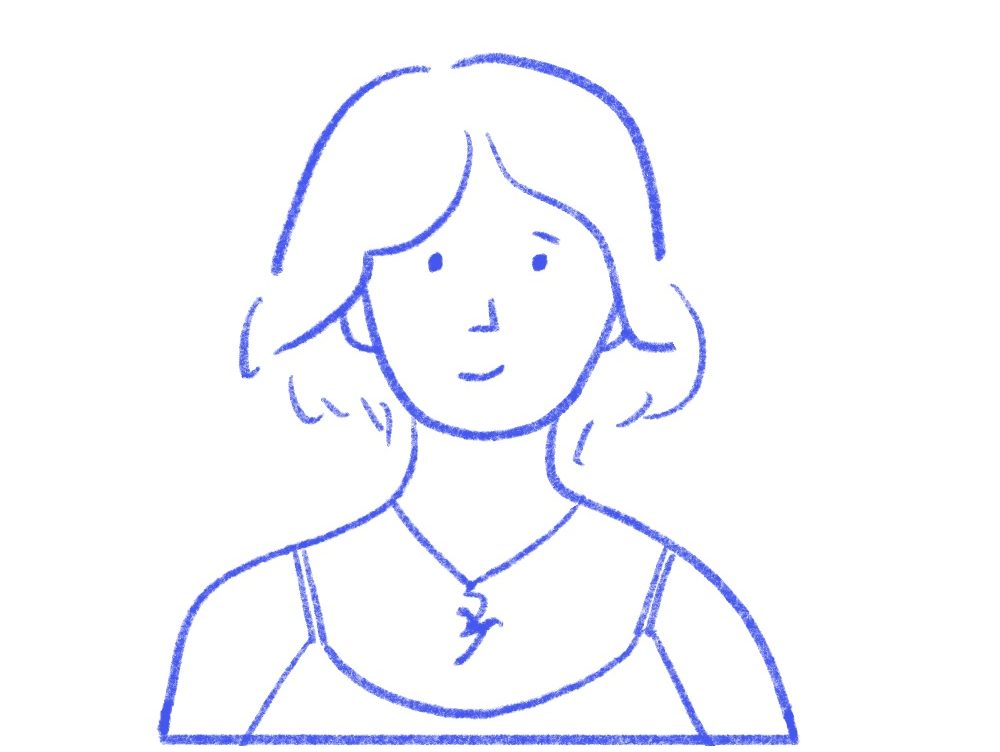It’s no secret: we are a school—actually a world—of copiers. In an academic setting, copying is deemed as the student who cheats off of someone else’s hard work. Copying, in spite of our best interests, is an involuntary response to what we admire. So long as copying is utilized properly, it shouldn’t be frowned upon, but widely accepted as a method of academic and creative growth.
The inevitability of copying is rooted in the fact that it’s impossible for our ideas and beliefs to be individual; we are a product of our surroundings, constantly taking in information. We learn to read, write and do any activity, from the people we respect.
“Personally, I write like my dad,” English teacher Caitlin Hannon said. “He sat down with me every night and helped me, and I learned to write from him.”
Throughout the school, teachers utilize emulation as a method for students to grow. Within the English Department, teachers use student models during the revision process and generally to help students grow as critical thinkers. Hannon, for example, believes in using models to help students understand what successful pieces do and don’t consist of.
“I don’t always use the perfect model,” Hannon said. “I don’t say ‘this is it.’ Instead, I say ‘let’s talk about what works’ and ‘how can you achieve these skills yourself.’”
Student models serve as a way to focus on how to personally strengthen our learning through questioning and critical thinking about the work. Using student models provides us with a more objective approach to looking at work because they aren’t our own pieces.
“Some of the best discussions I have had have been with [student models],” Hannon said. “No one interprets it the same way.”
In spite of showing everyone the same essay or solution, everyone doesn’t produce the same writing or answer. We tend to copy what “speaks to us” instead of what’s right in front of us. So when students are looking at a student model in front of them, they might borrow a certain idea or a method of organization—not the entire paper. This can only happen when students are critically considering what went together in order to make this piece work.
Aside from having a better understanding of a teacher’s expectation, utilizing student models allows students to find their own style of organization or writing. While it’s a method that at face-value seems to clarify expectations, it’s one of the best ways to become better writers. We learn to write, play sports and do just about anything from the people we admire.
“If a student can’t look at a product and identify him or herself in it, then that’s dangerous to me,” Hannon said.
Copying is pointless if students don’t take the time to consider the reasons they like what they see or why something is conveyed in such a way.
“At some point, you have to count on students to be responsible for their education,” Hannon said.
But when we do take the time to understand those aspects of the piece, we grow immensely.
Emulation is one of the most valuable assets we have. In math and science classes, we can use copying to strengthen our problem-solving abilities. Though there is one solution to problems, there isn’t always one process to achieve the answer.
“Sometimes I understand how to do the problem except for one little thing that I miss,” senior Steven Dittmer said. “Seeing someone else’s process is helpful to fill in those gaps.”
When we take a step back and try to decipher the critical journey someone takes, we may find approaches that work for us or places we fell short. Copying is an indirect collaboration that allows for students to come to the same answer and why it works without someone telling them what’s right.
The point of copying isn’t to replicate—it’s to refine and expand. We can change the popular misconception of copying: taking someone else’s work. We can make it a valuable resource for ourselves by embracing the ways in which emulation shows us how to improve.








